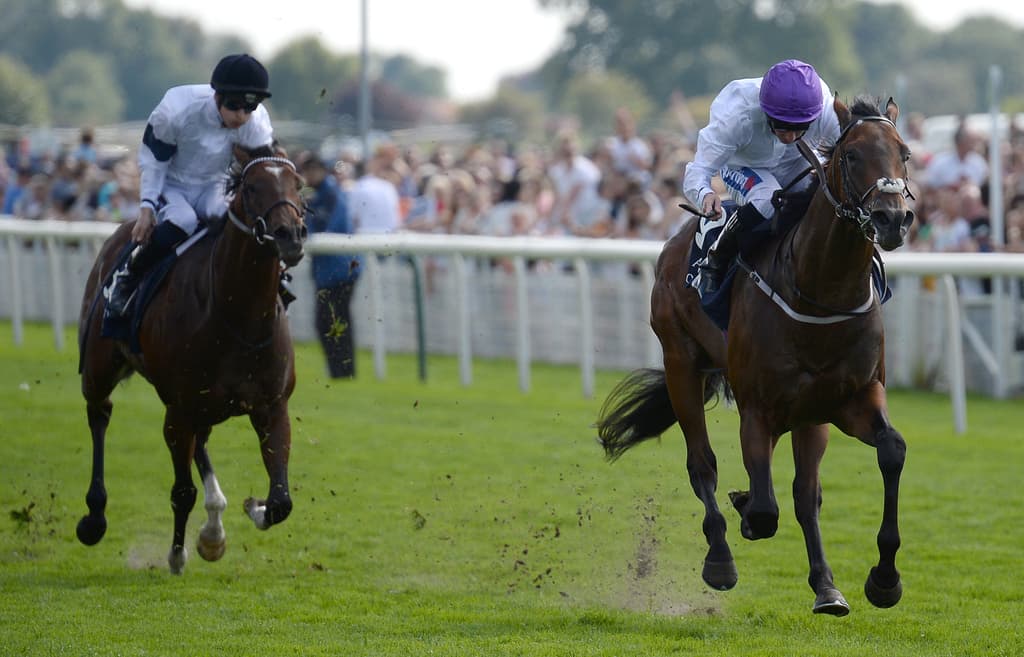The going is how horse racing enthusiasts describe the ground at a certain racecourse and it is measured by the clerk at the racetrack where they will determine the going by the moisture in the ground.
Similar to sports like tennis, all the horses will enjoy different conditions and you will always find reports going round that trainers and jockeys are glued to in order to compete in the races that are the best for their horse.
With this in mind, it’s vital you’re aware of the terms to understand how this may affect your bet and future races you are watching. Some horses are specialists in particular conditions and on the other hand, others may be adaptable and run effectively enough.


